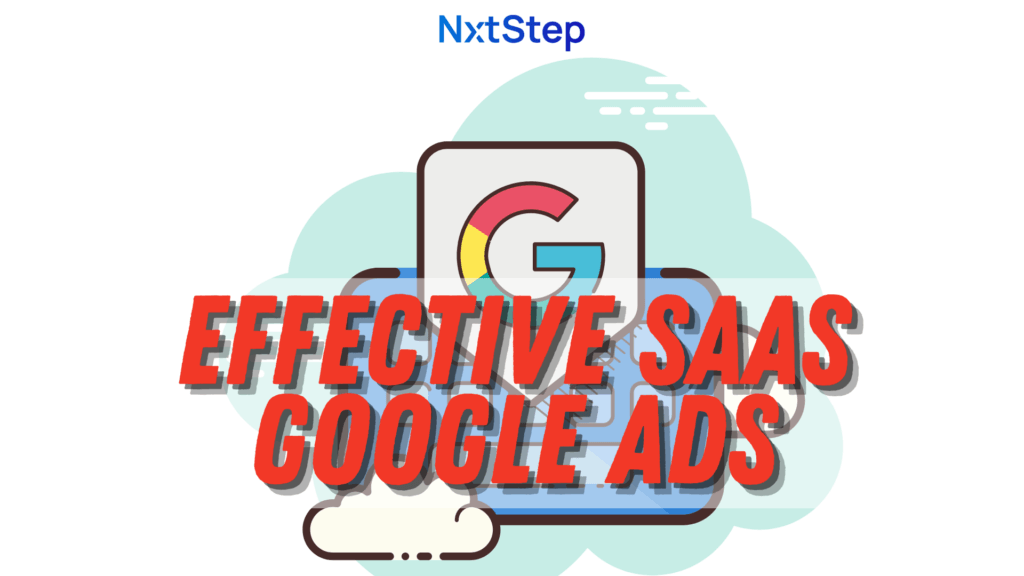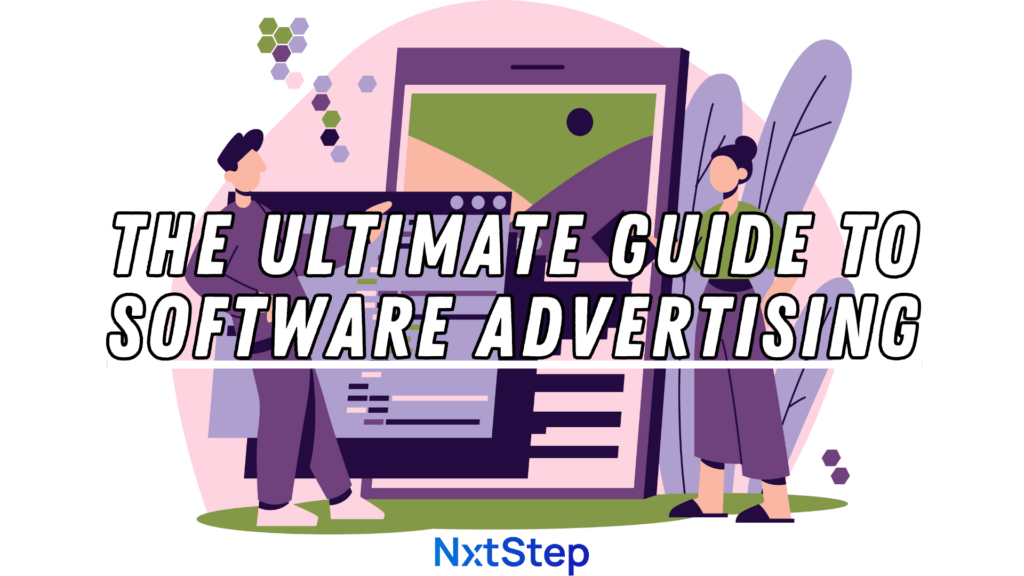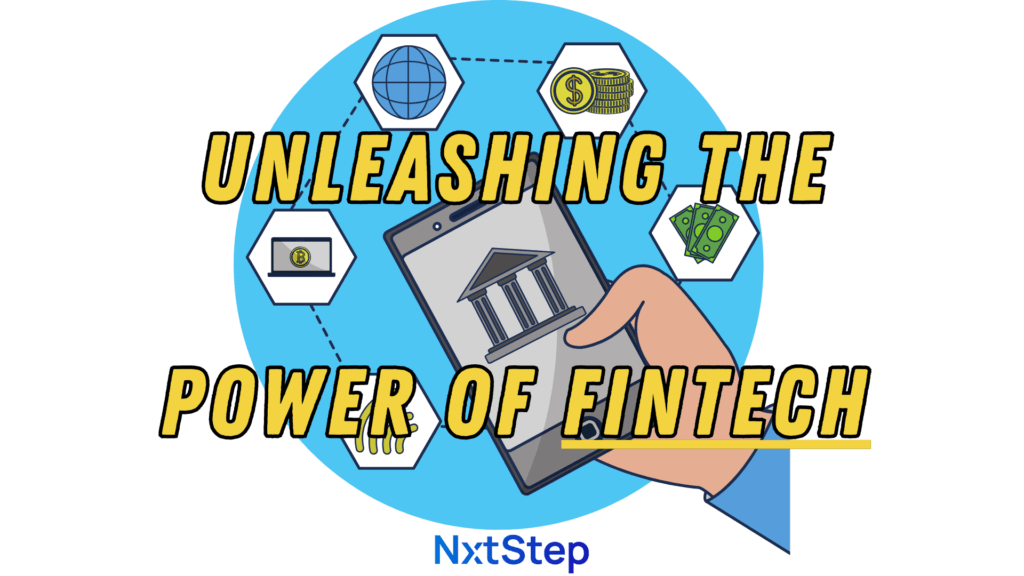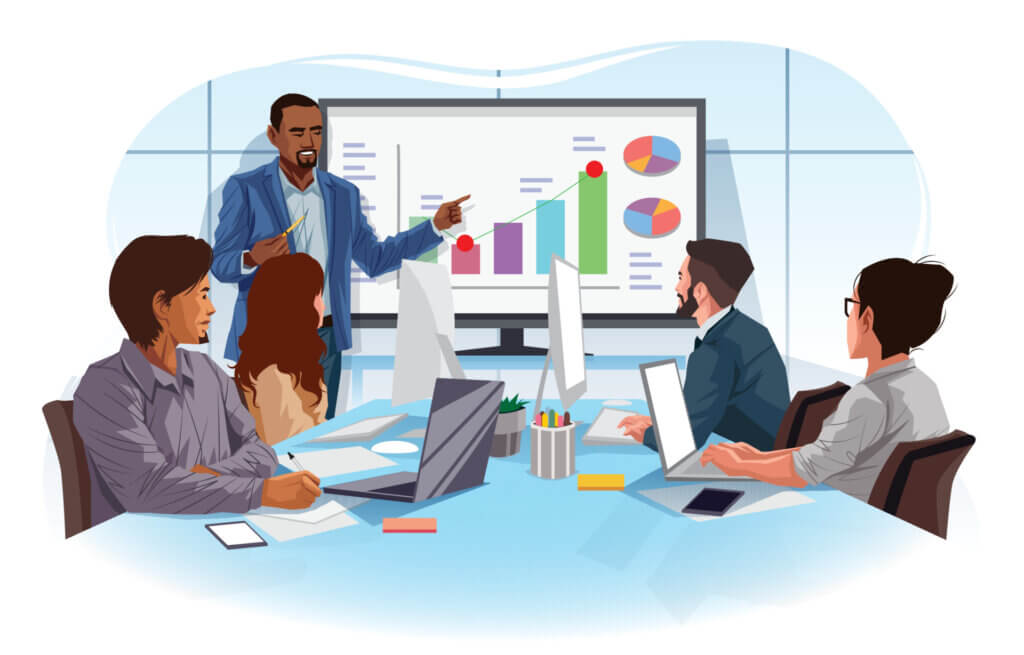If you’ve successfully completed the solution design phase, it’s now time to put the first version of an actual product together so you can provide something to your clients that they can actually use.
In this article, we’re going to dive deep into the build phase. The build phase only comes after we’ve successfully completed customer discovery to identify the top problems worth solving AND performed solution design to validate our assumptions about the future product.
First, let’s verify that you’ve successfully completed the solution design phase.
Solution Design Phase Results
Previously, we walked you through the solution design process in great detail. It was there that you were expected to validate the assumptions you have made about the top problem worth solving and how you intended to solve it with your future product. In this phase, you were also expected to design and validate the business model that is expected to accompany your product.
Tip: If you’ve successfully completed these steps, great and welcome! If not, go back to the solution design phase and repeat them until you have. If you don’t follow this process, and instead you move forward into the build phase, you’ll be making time consuming and expensive mistakes. Those mistakes could doom your product venture entirely. Remember, 9 out of 10 products fail. Let’s make sure that doesn’t happen to you.
Having said that, let’s review the objective of the product build phase.
Product Build Phase Objective
If you’ve followed the steps of customer discovery and solution design to this point then you’ve continued to build a relationship with your future customers along the way. For those that have made it past the solution design phase, the next step in the process your customers are expecting is to finally get their hands on the product. As such, your primary objective is to build that product and get it into their hands as quickly as possible so you can measure their experience.
We’re going to talk more about how you’ll do this from a technical perspective, but first I want to review with you some key objectives to ensure you keep in mind during this phase.
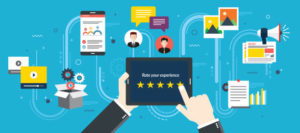
It’s supposed to be basic
The first version of your product is expected to be rather simple. We’re not building a fully featured, mature application at this point. Why? That’s because we’re going to need to make changes. That’s right. The discovery, design and validation efforts we’ve completed thus far will greatly improve our efforts, but there are still plenty of changes to be expected even after we build the first version of our product. This is because there is no replacement for monitoring real customers using an actual product.
As such, it’s critical that you keep the first version of your product simple. This will help in a number of areas. Primarily, it helps us build quickly and cost-effectively. Most product ventures go sideways in the build phase so that’s why it’s so important to be protective over our time and conservative with our budget. Secondly, we need to validate that our clients use and get value out of this first product version. That is a critical milestone to achieve as part of this process.

They key objective is to Learn
The first version of your product is just the beginning. We’re planning to validate that this version does in fact solve your customers’ problem and that they are willing to use the product consistently. That’s why the key objective of this phase is learning. It doesn’t matter if you knock it out of the park or completely miss the target as part of this process. If you’ve captured enough data to validate these concerns that is the key objective and we can always adjust our strategy accordingly.
So learning is the key objective. You’ll need to learn whether or not the first version of your product does solve the customers’ problem. We’ll also want to know more about how well it solves their problem. This feedback will be critical to the next step in the process.

How to build your MVP
Before we continue, I want to ensure I reinforce several points about the first version of your product or your Minimum Viable Product (MVP).
Build Quickly
You don’t want to spend a tremendous amount of time building your MVP. Your clients are waiting to use your product. As such, it’s critical that you build as quickly as you can to maintain the momentum you have coming out of the solution design phase.
Build Simply
Leverage the KISS principle here (Keep It Simple Stupid). If you think what you’re planning on building is too simple, then you’re probably in a good spot already. This part can be tricky, don’t get stuck here. If you feel like you’re stuck, book a call with me to talk through the strategy.
Build Cost-Effectively
If you follow these two principles closely, you’ll wind up minimizing your spend for this product build. This is critical because at this early stage, it’s important to keep the spend down since there is still more validation to be completed.
Feature Set
The ‘features’ that your product will offer is equivalent to what it can do for your clients. This is where you’ll focus most of your efforts ensuring that you keep the first version of your product simple.
First, I need you to be aware that upwards of 80% of developed software features are never used. This highlights a broken process in software development. To put it simply, most of us get this process wrong and build way too many features. One of the things you can do to make sure you don’t wind up falling victim to the same trap is to hire a fractional product officer.
If you have more than 5 features identified to go into the MVP, you’re likely going way too far. Instead, focus on 1-3 features for your initial product. Anything beyond that is unlikely to be used by your clients anyway so most of that effort will be a loss and it will only extend the deadline for how long it will take to get the first version of your product into the hands of your clients.
Tip: Make sure that the features you are prioritizing will address the top problem worth solving that you identified. If you spent a significant amount of time reviewing this problem in discovery with your clients then the first version of your product doesn’t present a solution to this problem, your clients will be awfully confused and unlikely to use your product.
So just like you narrowed your focus from a list of problems to the top problem worth solving, do the same with your list of potential features. Remember, keep it simple and build quickly.
Best Available Tools
Now that we’ve thoroughly reviewed the strategy, it’s time to dive into some of the technical details about how you can actually build your MVP. There are a multitude of available tools and platforms to make this process easier. Each day, more tools become available to make this process easier. I’d like to review a few with you here that you may or may not have heard of before.

Get our awesome product content delivered daily-ish to your inbox
WordPress
Most people are familiar with WordPress. WordPress currently powers 39.6% of the internet. However, even though the primary focus for this tool is to build websites, what you may not know is that you can also leverage this tool to build applications.
What makes this possible are the plentify integration capabilities available through plugins as part of the WordPress ecosystem. This makes the platform incredibly powerful and flexible to bring the first version of your product experience to life using a fairly common set of tools.
Webflow
One of my favorite (relatively newer) tools is called Webflow. You can think of Webflow as intending to tackle a similar problem as WordPress, enabling you to build a website, but in a very different way. Webflow is targeting those of us that are a bit more familiar with customizing our build. As such, one of the challenging elements you may find about Webflow is that it requires a bit more technical knowledge to truly harness the power of the platform.
Even though Webflow may be more complicated, you can always hire help for this part of the process. Webflow also supports quite a bit of integration capabilities with other platforms and that list is growing each day.
Typeform
One of the key ‘features’ your product is likely to need is gathering data from clients and users in the form of a survey or web form. In fact, this need has been so important throughout the history of building websites and applications that entire platforms have been dedicated to meeting this need in a better way. The favorite platform of mine to serve this purpose is a tool called Typeform.
Typeform has built their own ecosystem of enabling you to quickly and easily build great looking and high performing web forms through their easy to use web interface. As a major bonus, typeform now supports a large and growing list of integrations so that you can send this data to many different locations making it even easier for you to build a pleasant product experience.
Zapier
We’ve talked about platforms and tools for capturing and displaying data, but we haven’t yet talked about wiring up all the pieces together. That’s where tools like Zapier come into play. Zapier is one of the leaders in the ‘connect anything to anything’ space. Their tool enables you to take data from a lot of systems and send or connect it to a lot of other systems. Making it much simpler and easier to move data around – a critical technical requirement for creating your product experience.
As you start to design the technical architecture of how your product will move data around, think of Zapier when you need a carrier to get it from point A to point B. Their easy to use interface will make what used to be a very difficult and painful experience into a rather easy one. Bonus points should be given to Zapier for the fact that they have been adding the ability to perform custom manipulation to this data while in transit which provides you or your technical team with capability that previously took a long time and a lot of effort to build.
Bubble
So far, we’ve reviewed individual components you can use to build your product in a customized way. The drawback here is that you need more than one of these (maybe all of them) to really create a product experience. However, in recent years new tools have become available that aim to incorporate as much of these capabilities as possible into a single platform. The one we’ve used quite a bit at NxtStep is called Bubble.
Bubble is referred to as a no-code or low-code development platform. Meaning you don’t need to write much (or any) actual code to build a software product. I can’t say enough remarkable things about being able to do that on a single platform. This means that pretty much anyone with the time and patience to learn their system will be capable of building an application even if you don’t have any experience with software or programming.
While the platform is wonderful and can really help as part of this process, it can start to get complicated as your product features become more complex. As such, you’ll likely want help as part of this process. If you need help, please know that one of the services we offer is no-code and low-code prototype building.
Identify The Platforms to Support
Another element that you need to consider as part of this build phase is what platforms to support for your clients. For example, you need to know if you will provide access to your product for your clients through a web interface, a mobile interface or both. This is data you should uncover as part of the solution design phase.
This is important because even if you’ve done a great job identifying the top problem worth solving and validating a solution to that problem, if your clients can’t access the product you build because they don’t have the means necessary then all of that effort will not produce the result you need.
For example, in the work we’ve done at NxtStep for the nonprofit organization, Compass Working Capital, a majority of their clients only have access to smart phones and not laptops or computers. As such, when it came to the build phase for their client projects, we built the product experience to be supported and pleasant when viewed from a mobile device. However, when we performed discovery for the team members within their organization, the preference was to access the product from a web browser and as such, we built the access for that persona around a web interface.
Tip: You’ll need to identify the primary platform of access for each persona that will use your product. Keep your eye on developing trends. For example, as of April 2021, 85% of Americans owned a smartphone device. However, there is still a digital divide for lower income Americans.
Now that we’ve provided a bit of context around the technical aspects of your product build, let’s talk more about what completing a successful product phase looks like for you.
Completing a Success Product Build Phase
We’ve talked a bit about how to strategically plan your build phase and what to consider regarding the technical aspects of the build. Now, let’s talk about what successfully completing this phase will look like for you and your product.
Pilot
A key objective for the solution design phase was to establish a set of 3-5 pilot customers to complete a pilot phase of using the first version of your future product. It will be the same set of customers that we’ll be going back to and providing access to the first version of your product as soon as it becomes available.
Evaluating
After you’ve built your product, you’ll need to provide access to these pilot customers. Once they are able to use your product, you’ll want to measure their experience to ensure it is solving their top problem and they are receiving value from using your product.
This step should be completed through an additional series of discovery interviews. These interviews should take place only after your pilot customers have been able to gain access and use your product to attempt to solve their top problem.
Through a series of interviews with your pilot customers, you’ll want to evaluate how well your product solves their top problem.
Revise & Scale
The data collected from the evaluation step of the product build phase will influence the next phase of your project. If the data looks promising and you have successfully verified that your product is providing your customers with a solution to their problem then you will be ready to move on to the next phase of the process. If not, you’ll need to go back through the product build phase to make sure you get this right.
The next phase for your product will be to incorporate feedback then prepare to open access up for a larger group of clients. This is what we refer to as the revise and scale part of your project.
Hire help when you need it
The build phase is a bit more complicated and it’s important to get it right. At NxtStep, we’ve managed many builds like these for mission driven organizations like yours. To learn more about how we can help as part of this process, book a call with us at NxtStep.



